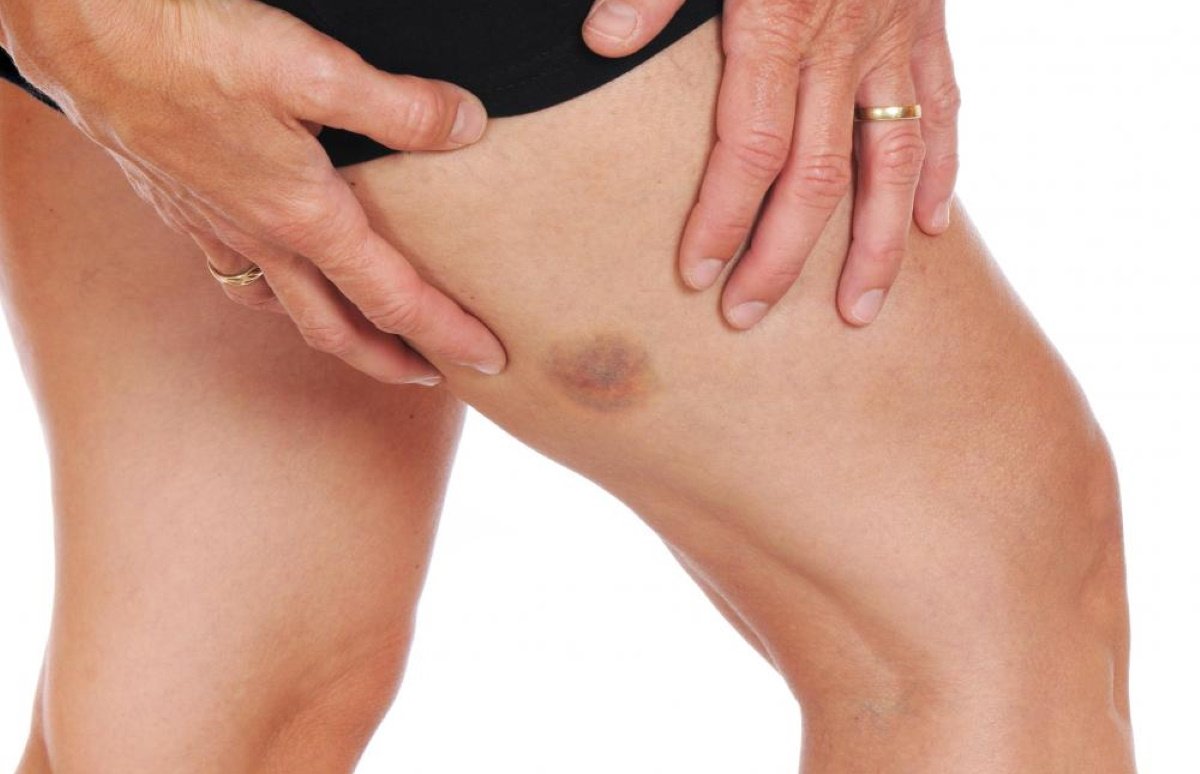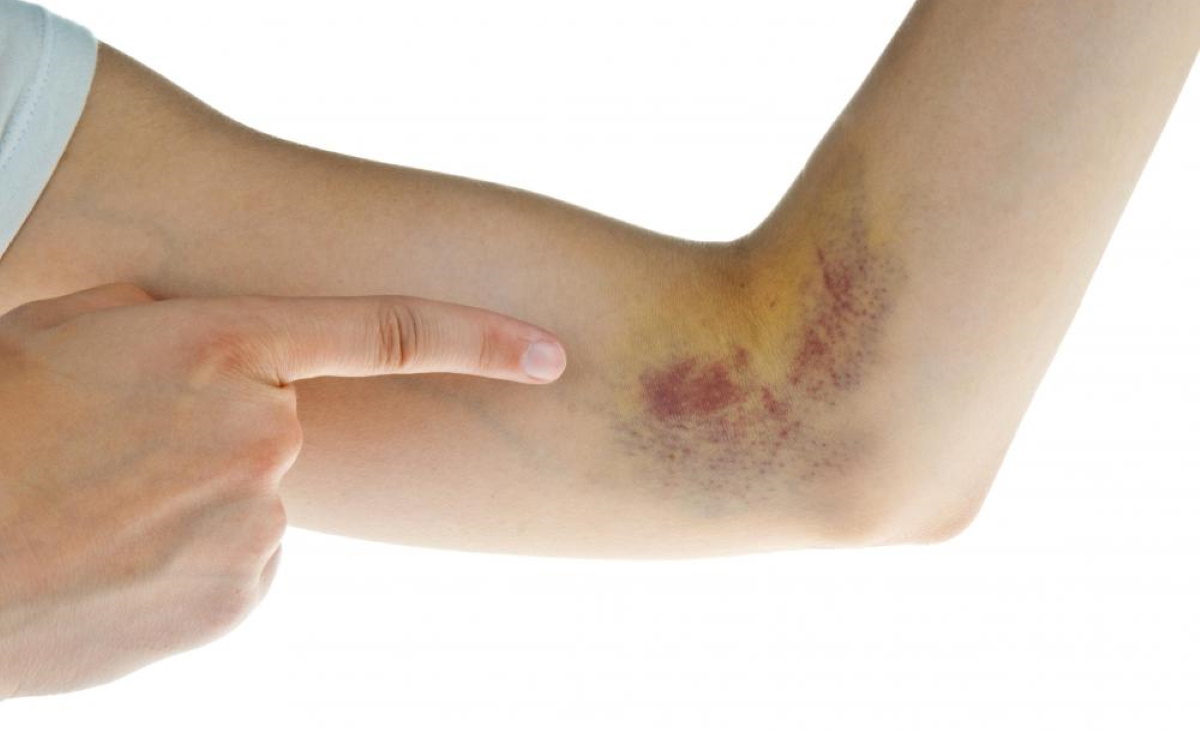If you’re a clumsy human being, I bet you have experienced potentially thousands of bruises over the course of your life and one you got bruised, you probably have noticed your bruise changing its color.
When you have a bruise, it seems to take forever to go away — especially as you watch it progress through a rainbow of red, blue, purple, black, green and yellow shades.
Many curious minds wonder why bruises change color and what the various shades signify?
Well, the color of bruises comes from the presence of blood within your skin, which goes through specific stages of breakdown and cleanup as the area heals. Unsightly though they may be, the changing colors of bruises represent different stages in the healing process.
You develop a bruise, or a black-and-blue mark, when some type of trauma causes bleeding near the surface of your body without breaking the skin. With minor injuries — like bumping your arm or pinching your finger — the bleeding is usually confined to your skin and the bruise becomes apparent within minutes to hours.
The size of a bruise depends on what caused your injury and the amount of force involved. The more forceful the injury, the greater the amount of bleeding and the larger your bruise will be. The closer to your skin surface the bruise is, the more intense the colors you will see.
According to Symptom Find, Fresh bruises develop within minutes to a few days, depending on how deep below your skin surface the bleeding is. You’ll typically see a new bruise progress from red to blue to purple within the first couple of days after an injury.
- Red Bruises
When you first get a bruise — especially the one near the surface of your skin — it usually appears red. The color comes from fresh blood leaking into your tissues. Fresh blood is bright red because it contains both iron and oxygen. - Blue Bruises
Within a few hours, blood that has leaked from your injured blood vessels loses the oxygen it was carrying. As this occurs, the blood becomes darker and your bruise begins to look more bluish or purple.
Note that if you have a deep bruise, the red stage may have already passed by the time you are first able to see the bruise. So the first color you see may be a bluish purple color. - Purple Bruises
Typically, over one to three days (depending in the severity of your injury), a bruise becomes more intensely purple and may even appear black. This occurs as red blood cells break down and iron is released into the injured area.
On the other hand, when red blood cells break down, they release an iron-containing protein called hemoglobin. As your bruise begins to heal, your body converts the hemoglobin into other colored chemicals. The presence of these chemicals causes your bruise to change color as it heals.
- Green Bruises
You’ll know your bruise is beginning to go away when you notice it turning green. You’re likely to first notice the transition from purple to green at the edges or center of a bruise. The green color is due to the presence of a hemoglobin breakdown product called biliverdin. The last part of the word, “verdin,” comes from the Latin word for green. - Yellow Bruises
At long last, your green bruise will eventually turn yellow as it enters the final stage of healing. The yellow color is from the final breakdown product of hemoglobin in your skin, a chemical called bilirubin. The yellow fades as your body clears away the last of the debris from the bleed, leaving you with bruise-free skin that is none the worse for the wear.
As you’ve probably noticed with bruises you’ve had in the past, most are multicolored. This is because the amount of blood in different areas of the bruise varies, and the stages of healing overlap. So don’t you worry if your bruise looks multi-coloredly it’s just taking its precious time to heal.





